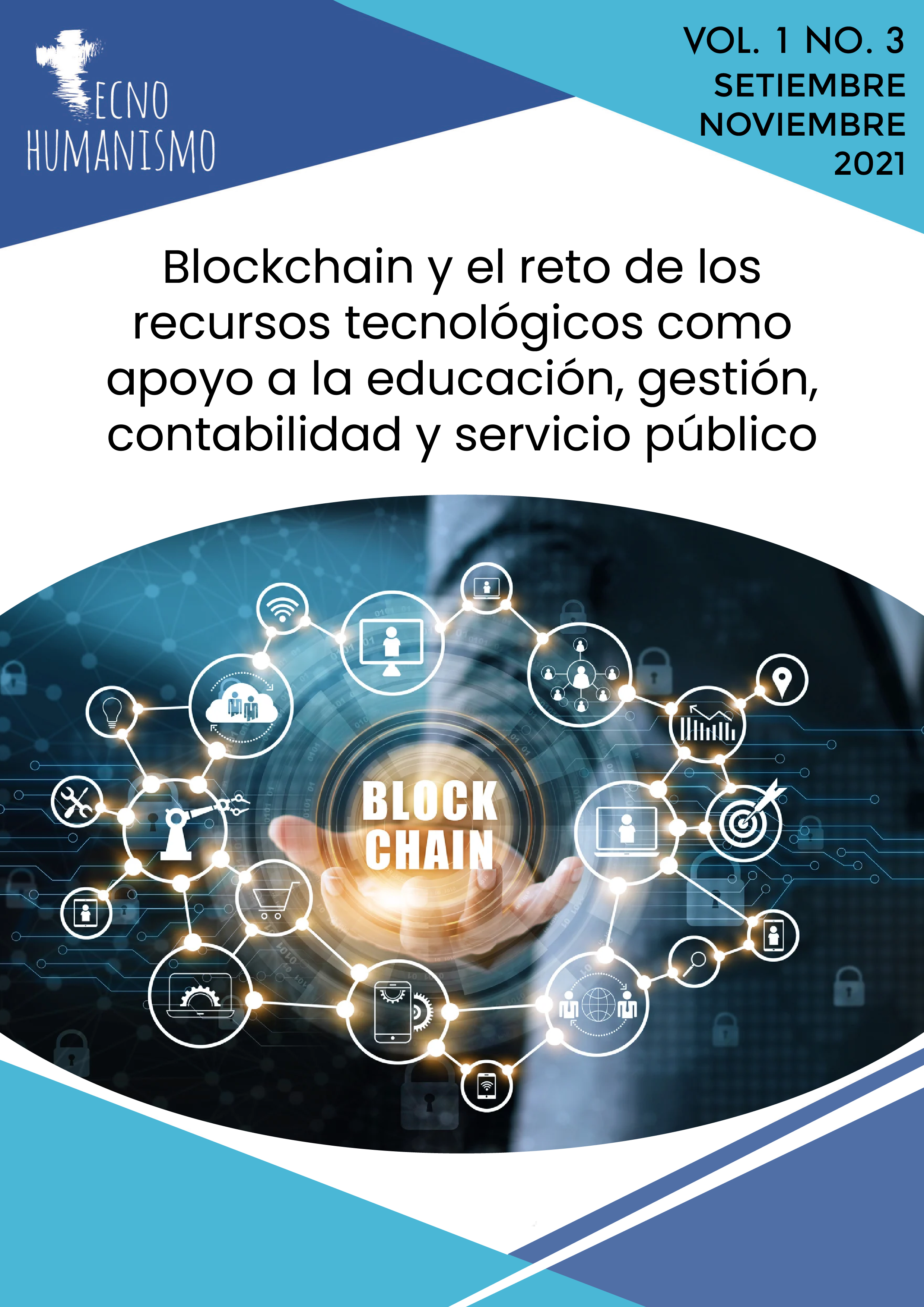Contribution of Centers and Schools of Excellence of the National Institutes of Health to human resources
DOI:
https://doi.org/10.53673/th.v2i2.100Keywords:
Centros o Escuelas de Excelencia, Recursos humanos para la salud, Salud Internacional, SaludAbstract
The objective was to identify the current situation of the Centers and Schools of Excellence of Peru in the National Institutes of Health and their contribution to strengthening the Human Resource, seeking to identify elements that hinder or facilitate their development and their formalization as Centers and Schools of Excellence. Likewise, it will make it possible to analyze the effect of the forces of International Health on the development and strengthening of the Centers and Schools of Excellence of the National Institutes of Health. For this, a cross-sectional qualitative methodology was proposed. The technique was the collection of data through the application of the survey, semi-structured interviews with the key actors of the institutes; as well as the review of national and international documents. The results indicated that there are 9 National Institutes of Health, of which only one National Institute Specialized in Health has a Center and/or Schools of Excellence, which represents 11%. Although it is true that not all the Institutes have Centers or schools of excellence, they all develop activities to strengthen Human Resources according to their functions, focusing on the development model, having an impact on a better provision of health services, however, not articulating between them. and less with the National School of Public Health. It was concluded that the Centers and Schools of Excellence of the National Institutes of Health contribute to the strengthening of human resources through teaching, research and advice at a national and international level, with different actors (Public, Private, NGOs, etc).
References
Curioso WH. La Telesalud y las nuevas fronteras de la informática biomédica en el Perú [editorial]. Rev Peru Med Exp Salud Publica. 2015;32(2):217-20.
Global Health Workforce Alliance. El Perú, s.f. [Internet]. Ginebra: Organización Mundial de la Salud; 2021. Disponible en: http://www.who.int/workforcealliance/countries/per/es/
Inga-Berrospi F, Arosquipa Rodríguez C. Avances en el desarrollo de los recursos humanos en salud en el Perú y su importancia en la calidad de atención. Rev Peru Med Exp Salud Publica. 2019;36(2):312-8. DOI: http://dx.doi.org/10.17843/rpmesp.2019.362.4493
Instituto Nacional de Salud INS. Quiénes Somos, s.f. [Internet]. Lima: Ministerio de Salud. Disponible en: https://web.ins.gob.pe/es/acerca-del-ins/informacion-general
Lazo-Gonzales O, Santivañez-Pimentel A. Atención de salud con calidad: desafíos. Lima: Consejo Regional III Lima, Colegio Médico del Perú, 2018.
MINSA. Dirección General de Personal de Salud Observatorio de Recursos Humanos en Salud. Compendio Estadístico: Información de Recursos Humanos del Sector Salud, Perú 2010 -2016. Lima- Perú.
OPS. Abordaje de temas de salud para la perspectiva de salud internacional y la construcción de un modelo conceptual versión 2015. Programa de Líderes en Salud Internacional Edmundo Granda Ugalde (PLSI). Unidad de Recursos Humanos para la Salud (HR). Departamento de Sistemas y Servicios de Salud (HSS). Washington, D.C., 2015. [Internet]. [citado 7 de enero de 2018]. Disponible en: https://cursospaises.campusvirtualsp.org/pluginfile.php/21578/mod_folder/content /0/Salud_Internacional_OPS.pdf?forcedownload=1.
Organización Panamericana de la Salud. Estrategia de Recursos Humanos para el acceso universal a la salud y la cobertura universal de salud. (Internet). 29.a Conferencia Sanitaria Panamericana. 69.a Sesión del Comité Regional de la OMS para las Américas: Del 25 al 29 de septiembre del 2017. Washington DC. OPS: 2017 (Documento CSP 29/10). [Internet]. [citado 7 de enero de 2018]. Disponible en: http://www.paho.org/hq/index.php?option=com_content&view=article&id=13497 %3A29th-pan-american-sanitary-conference&catid=947%3Apan-american- sanitary-conference&Itemid=2105&lang=es
PANLAR. Liga Panamericana de Asociaciones de Reumatología. Proceso de acreditación de centros de excelencia en artritis reumatoide – grupo especial real- PANLAR, 2018. Documento técnico PANLAR, 2021. Disponible en: www.panlar.org/sites/default/files/documento_tecnico_espanol.pdf
Quijano-Escate R, Rebatta-Acuña A, Garayar-Peceros H, Gutierrez-Flores KE, Bendezu- Quispe G. Aprendizaje en tiempos de aislamiento social: cursos masivos abiertos en línea sobre la COVID-19. Rev Peru Med Exp Salud Publica. 2020;37(2):375-7. doi: https://doi.org/10.17843/rpmesp.2020.372.5478
Vega A, Salinas C. Análisis de la producción científica en asuntos públicos de Chile y Perú. Desafíos para una mejor gestión pública. LEX - Revista de la facultad de derecho y ciencia política. 2017;15(20). DOI: http://dx.doi.org/10.21503/lex.v15i20.1451
Yagui M, Espinoza M, Caballero P, Castilla T, Garro G, Yamaguchi P, et al. Avances y retos en la construcción del sistema nacional de investigación en salud en el Perú. Rev. Perú. Med Exp Salud Pública. 2010; 27(3), 387-397.
Published
How to Cite
Issue
Section
License
Copyright (c) 2021 Miriam Rosario Salazar Robles, Llimi Renzo López Cruz

This work is licensed under a Creative Commons Attribution 4.0 International License.
This license allows others to redistribute, remix, tweak, and build upon your work, even with commercial penalties, as long as you take credit for the original creation. This is the most helpful license offered. Recommended for maximum dissemination and use of the materials subject to the license.

















